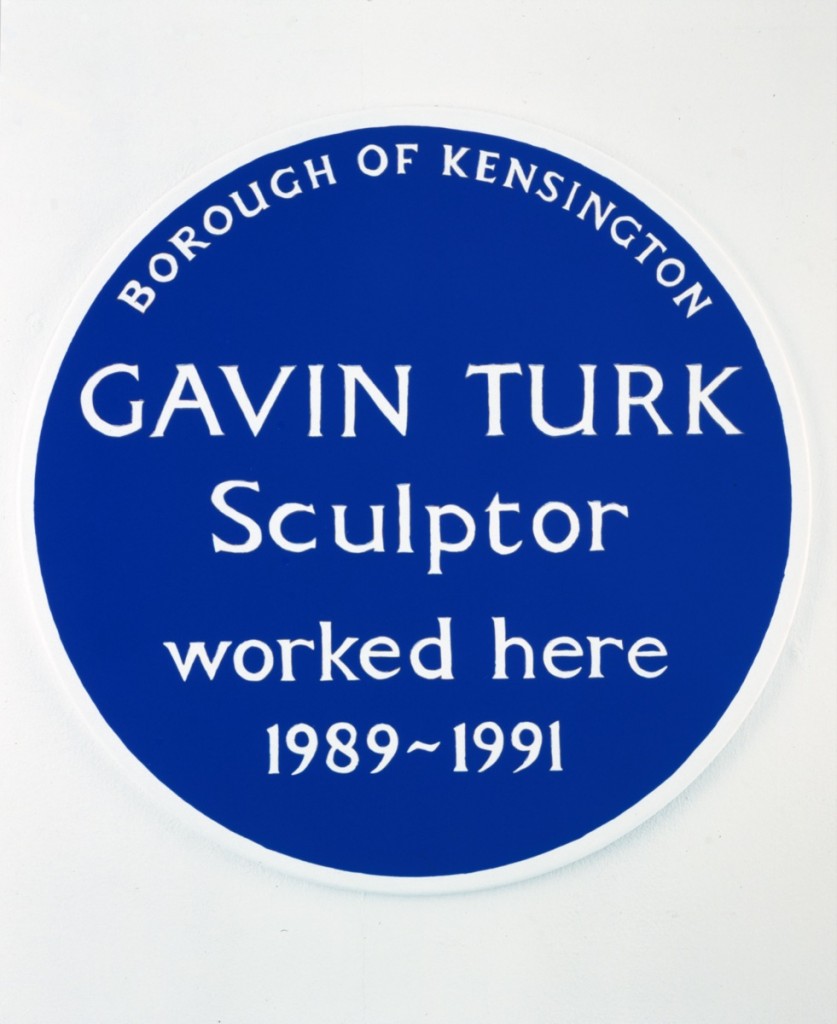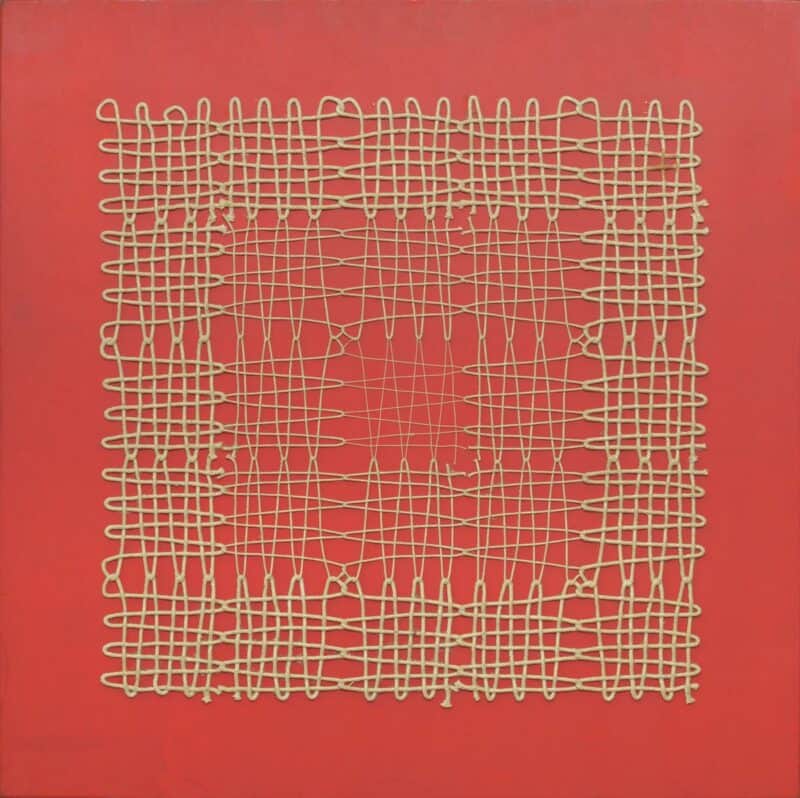When the artist Gavin Turk made a blue plaque to commemorate his own student work, he styled it identically to the official plaques seen on buildings across London. White letters on a blue disc announced, “GAVIN TURK Sculptor worked here 1989-1991”. The joke works because the blue plaque system, paid for entirely by public funds and administered – until now – by English Heritage, carries an aura of seriousness and significance. It is the gold standard of biography and local history. If you get a blue plaque, you really must have achieved something.
The news that English Heritage is to stop issuing plaques because of swingeing cuts to its funding is unlikely to be the end of a famous London tradition. But fans of the blue plaque should be careful how they respond. The obvious temptation is for boroughs, community groups, and individuals to put up plaques wherever and to whomever they want.
This may sound pluralistic and liberating – but Gavin Turk’s witty artwork shows what a daft idea that would be. Turk broke the rules, of course, and ignored the authorities when he created a blue plaque to himself as a work of art. Yet the humour and underlying melancholy of the image (will he ever really get a blue plaque?) depends on the existence of the surreal and quintessentially British institution that sombrely decides, from on high, which Londoners should be officially remembered. The idea that a committee somewhere makes these calls has a marvellously archaic, Reithian quality. Rules are made to be broken, but to have that pleasure you need the rules to exist.
Blue plaques may seem an eccentric hangover from history – they have been going since 1867 – but it is this kind of oddity that makes a city a place of character and flavour rather than a banal conglomeration of business and glass buildings. London is at a turning point in its history. The nation’s capital is about to see its skyline become a jumble of badly designed skyscrapers, in an amnesiac destruction of its architectural identity. Do we want this city to lose all sense of its past? Blue plaques are one of the most charming ways a capital has ever found to preserve historical memory. They eschew the pomposity of statues.
It’s not like London lacks places to remember. Vincent van Gogh’s house in Brixton would be easy to lose sight of (it’s just an ordinary London house) – but it has that all-important plaque.
Make no mistake. The blue plaque is irreplaceable – as Gavin Turk showed us.
guardian.co.uk © Guardian News & Media Limited 2010
Published via the Guardian News Feed plugin for WordPress.








